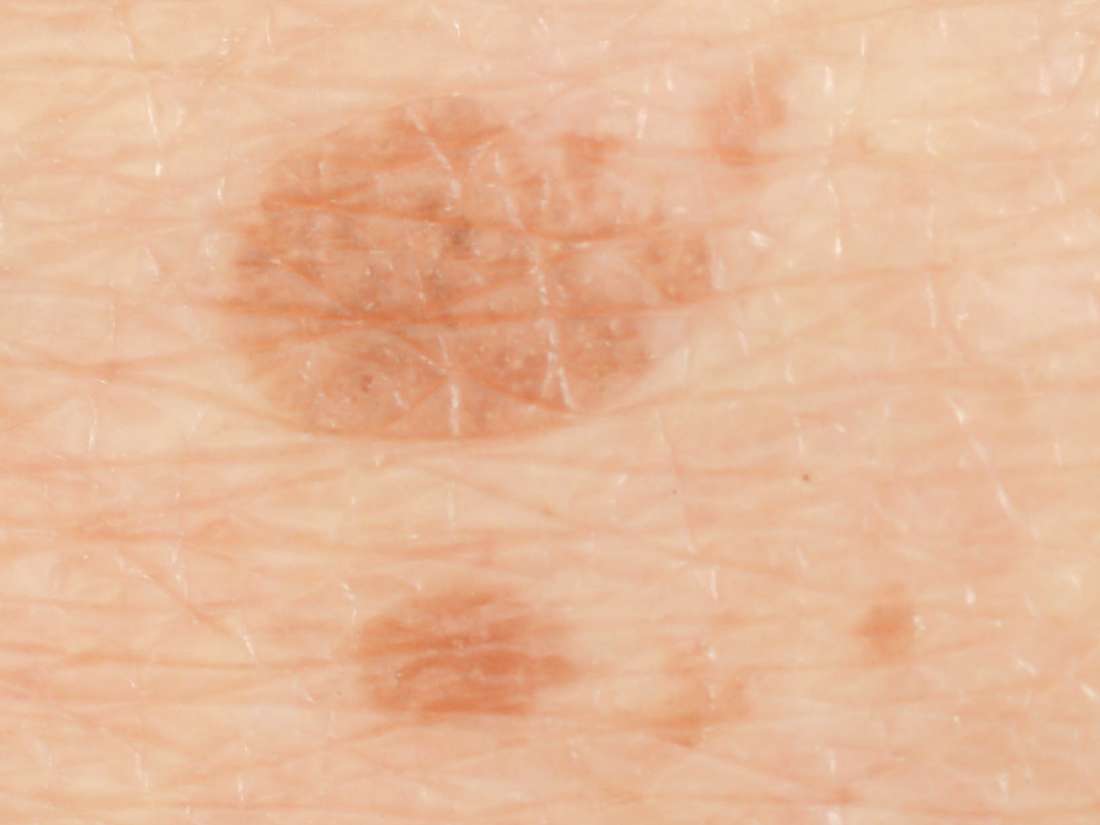Dermatology Definition Of Patch

Tinea corporis is characterized by annular or polycyclic lesions with erythematous and vesicular or scaly border with central clearing. Tinea imbricata is an unusual form of tinea corporis caused by Trichophyton concentricum, which is characterized by itchy, non-inflammatory, concentric rings. In bullous impetigo, occasionally the bullae spreads peripherally with central clearing, producing annular lesions called Impetigo Circinata.
Varnish like yellow crust gives clue to diagnosis. Secondary syphilis may be present as annular lesions.
A thin white ring of scales on the surface of the lesion (Biette's collarette) is a valuable sign. Tinea corporis showing peripheral spreading with central clearingIn leprosy, annular lesions usually represent borderline cases. There is loss of sensation over the lesion. Lupus vulgaris may assume annular shape with central thin superficial scar and apple jelly nodule at the edge of the lesion. Cutaneous leishmaniasis presents with small furuncle at the site of inoculation with gradual peripheral spreading and central crusting giving annular appearance. In secondary stage of Trypanosomiasis, transient erythematous or urticarial rashes, with circinate and annular pattern, will develop on the trunk. Erythema multiforme has target lesions which has three zones: a central area of dusky erythema or purpura, a middle paler zone of oedema, and an outer ring of erythema with well-defined edge.
Annular psoriasis. Central cleared zone is often immune to psoriasisBullous pemphigoid, in the early stage presents as urticarial lesions. The erythematous component may become serpiginous, with peripheral blister. Subcorneal pustular dermatoses (Sneddon-Wilkinson disease) presents as oval, peasized flaccid pustules which rupture easily, and tend to coalesce, forming annular or serpiginous patterns with a scaly edge.
Characteristically, pus accumulates in the lower half of a fully developed pustule, leaving clear fluid in the upper half. Linear immunoglobulin A (IgA) dermatosis presents as lesions comprising urticated plaques and papules, and annular, polycyclic lesions often with blistering around the edge, the string of pearls sign. Fixed drug eruption with erythematous ring. Sometimes erythematous ring around old lesion is the only sign of recurrencePurpura annularis telangiectoides or Majocchi's disease is a chronic pigmented purpuric dermatosis characterized by punctiform red patechial telangiectatic patches, with centrifugal growth giving annular or serpiginous appearance. Cayenne pepper spots are characteristic.
Annular purpura which may occur when the skin is struck by table tennis ball (ping-pong patch) and in step aerobics.,Annular lesions may also rarely be found in lupus erythematosus (LE), chronic variant of sweet syndrome and neutrophilic eccrine hidradinitis.
Skin occlusion occurs when something, usually a topical medication, is trapped on and, as a result, gets absorbed by your skin. If you have ever applied an antibacterial ointment to a cut, then covered that cut with a bandage, you have used skin occlusion to prevent infection and speed the healing process. But because this absorption of chemicals through your skin is a natural process, you need to treat it with caution; it is possible to absorb harmful chemicals through your skin as well as helpful remedies. PermeabilitySkin occlusion is an effective means of absorbing ointments and medication because it leaves your skin hydrated.

Skin Patch Definition
If you leave a patch on your skin, the moisture from your body has nowhere to go, trapping in extra hydration. This excess hydration makes it easier for the chemicals or medicines to permeate your skin. LocationLocation makes a difference in the effectiveness of skin occlusion. Areas of your body with thicker skin will require more time for your body to absorb whatever you are occluding.
Describing Skin Lesions
Areas of your body with thinner or more sensitive skin will absorb chemicals and medications at a faster rate. Drug DeliverySeveral companies have made use of the skin’s power of absorption, creating patches that deliver the same effects as other products. The two best-known drug delivery forms of skin occlusion are the nicotine patch and the birth control patch. Other drugs delivered through skin occlusion include testosterone, physostigmine, scopolamine and fentanyl. Occlusive TherapyOcclusive therapy is an extended form of skin occlusion, one that creates prolonged skin occlusion to select parts of your skin. If you have eczema on your hand, for instance, you would soak your hand for 15 to 20 minutes, apply your normal medication, cover the area affected by eczema with plastic, seal that plastic with an elastic bandage and leave your hand wrapped as such for approximately six hours.
Such therapy is designed to help manage skin conditions such as psoriasis, eczema and dermatitis. Unintended OcclusionYou should be aware of and try to avoid unintended skin occlusion when dealing with potentially harmful chemicals. For instance, insect repellent should only be applied to bare skin or clothing; if you apply insect repellent to an area of your skin that will be covered by clothing, your skin will absorb more of the repellent’s toxins, potentially triggering unintended side effects from the product.